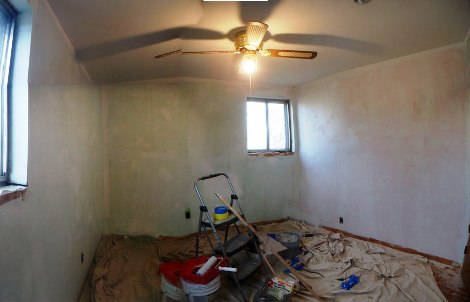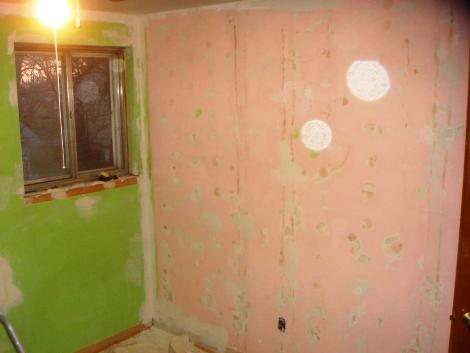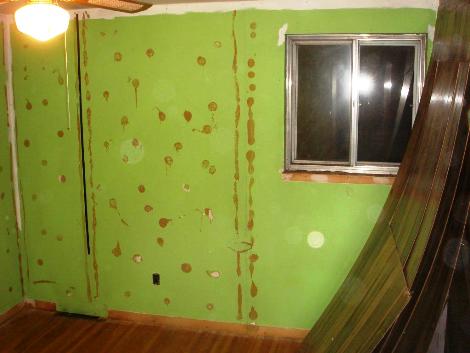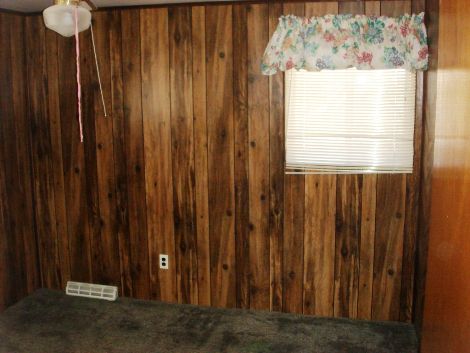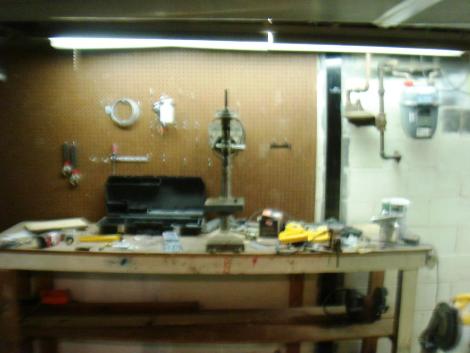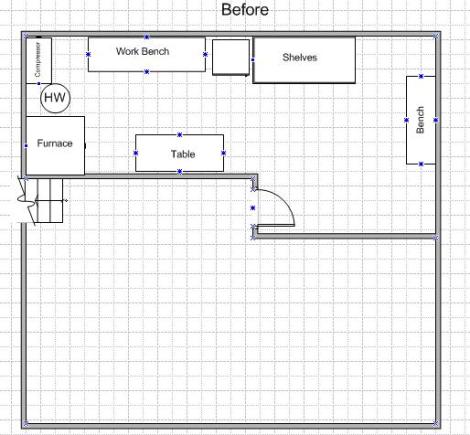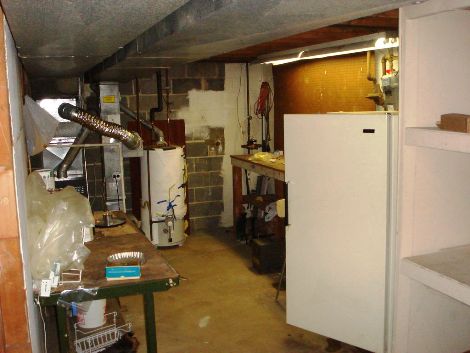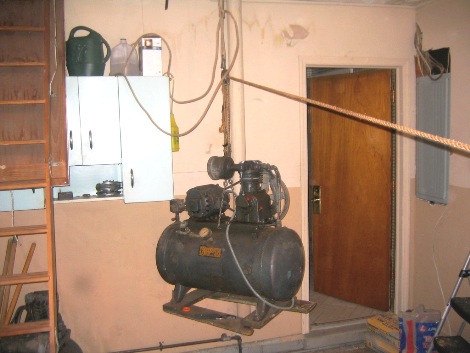
Every good shop needs an air compressor. They are wonderfully useful for all sorts of things, particularly nail guns. My grandfather recently passed away and he had a very well equipped shop. Fortuanly I got to inherit alot of his old tools including his table saw, drill press, and this air compressor. This a big ~25 gallon 2-stage compressor. It’s also quite old, 1934 to be exact. That means two things, first is it doesn’t have a very powerful motor, only 3/4hp (but I could put a bigger one on if I need to) and its heavy, very very heavy. Getting it out of my grandfathers basement and into the truck took four guys and we were all exhausted by the end of it. This was particularly interesting considering my Uncle’s comment that my grandfather had gotten it into the basement all by himself, using a block and tackle.
Well when I got the truck home I was all by myself. Sure I could have called up some friends and had them come over and give me a hand, but where’s the fun in that? So I set to work getting it out by myself. First I slid it onto the table saw stand (which was on wheels) and then rolled the stand to the back of the garage. Now the problem was how to get it off the stand, and onto the ground (at which point I would slide it into the basement). I looked at the old block and tackle and thought I might just be able to lift it using that. So I hooked up to a rafter, used some chain to hook it to the compressor, and pulled on the rope. No dice. I was just barely able to lift it a little bit, and then I had no way to move the stand.
I needed something stronger. Fortuantly an idea popped into my head. My car had a tow loop on it, and it could easily pull the 350lbs or so the compressor weighed. So I ran the rope over to the car, tied it off, and backed up a bit. Low and behold it lifted up easily. I put the e-brake on, hopped out, moved the stand out of the way, got back in and lowered the compressor down. It was a cake walk. Sliding the compressor downstairs was a bit more work, but once again taking advantage of the block and tackle it was manageable.
